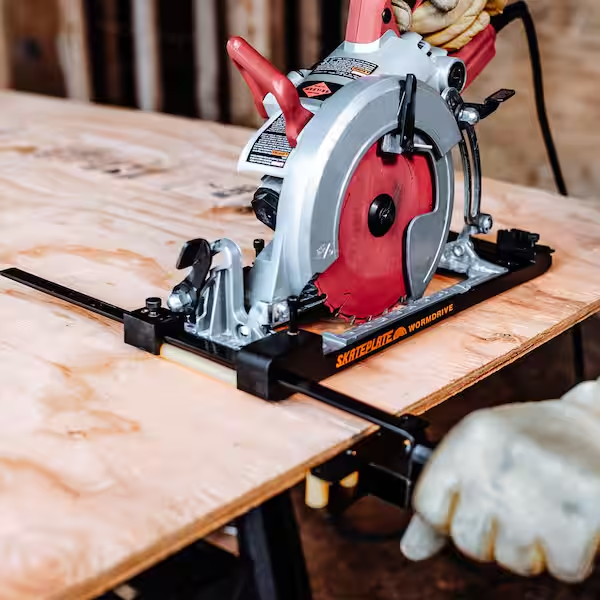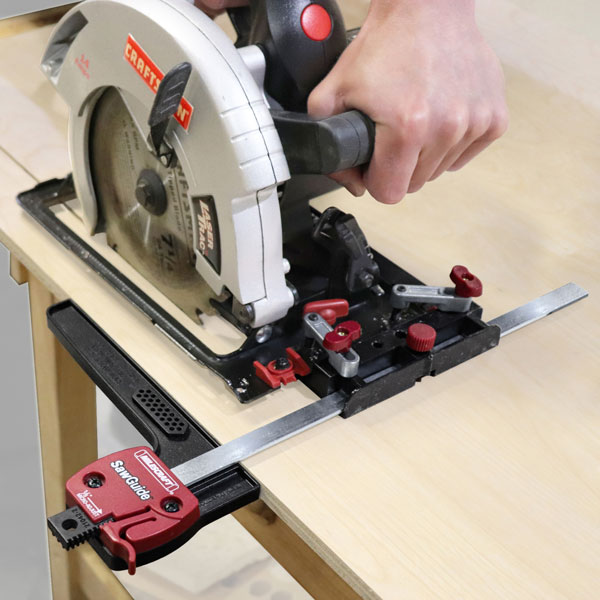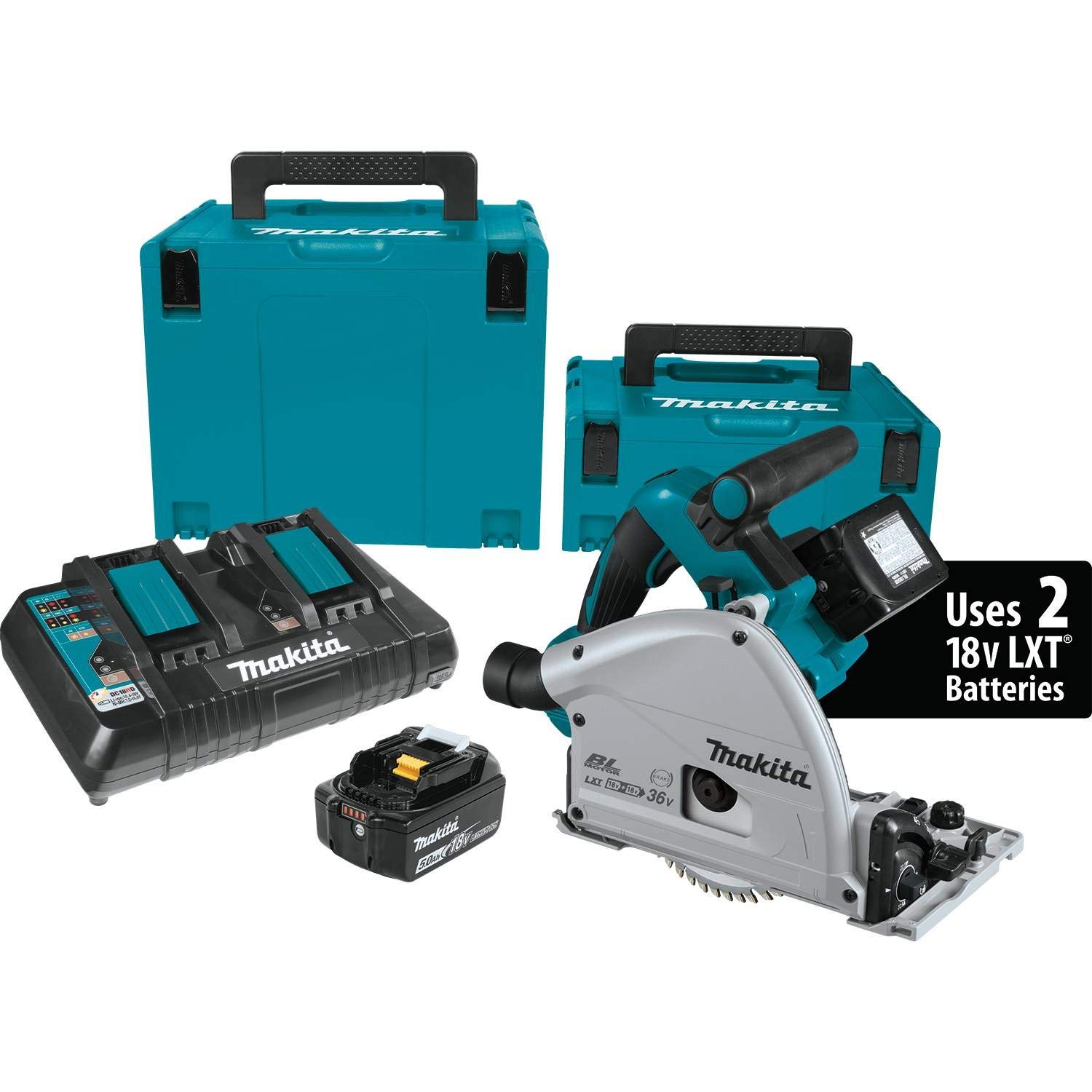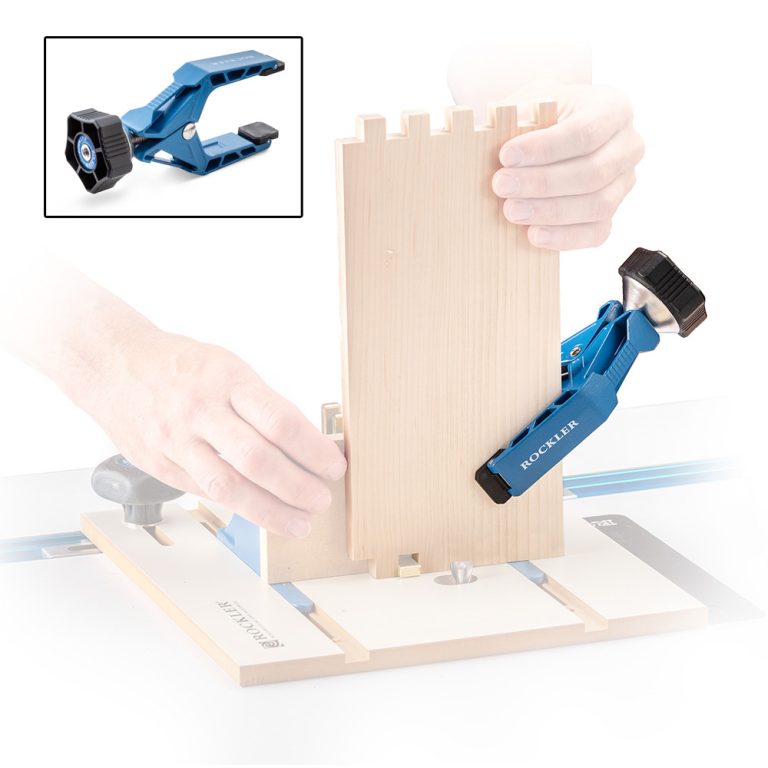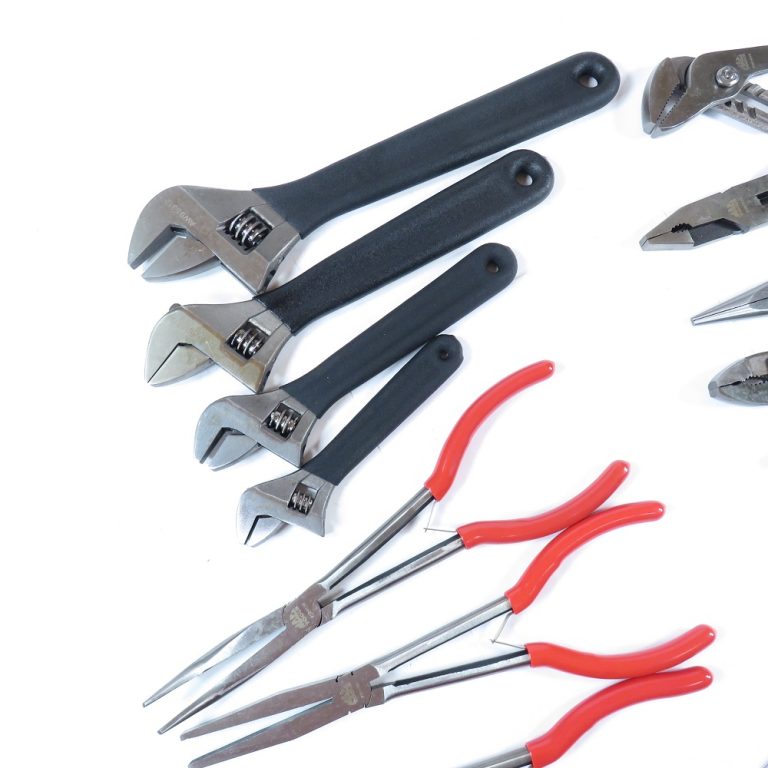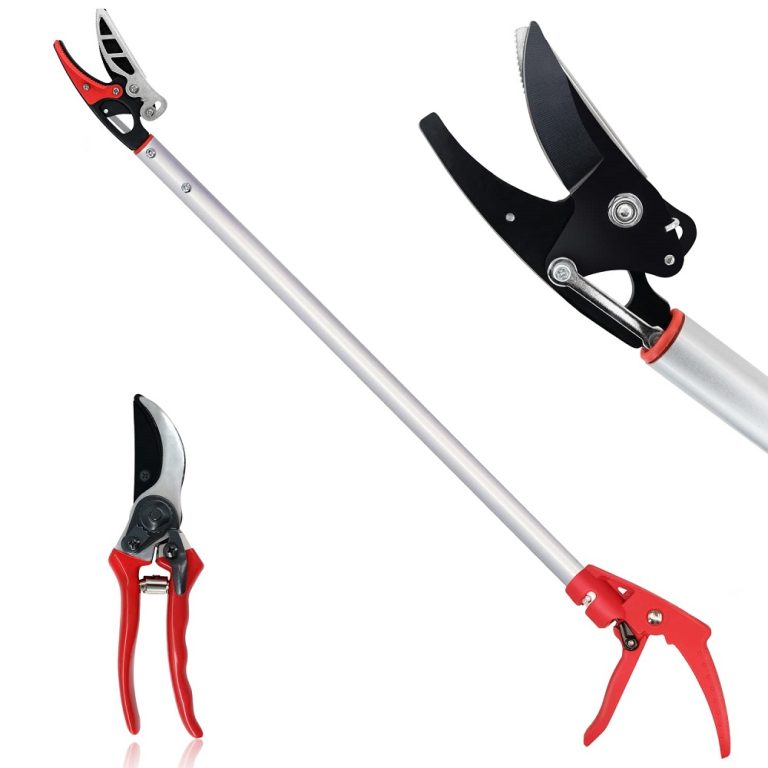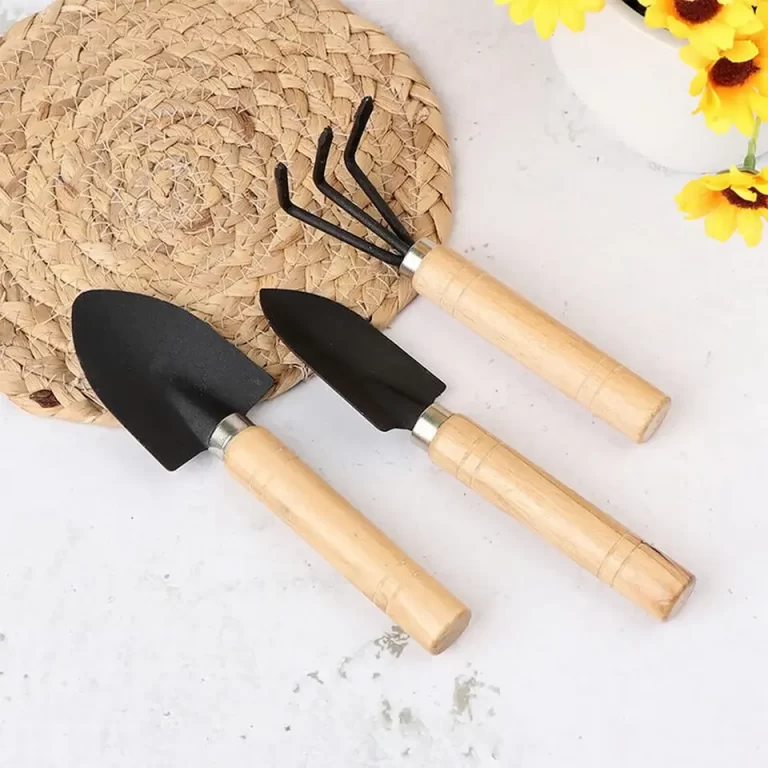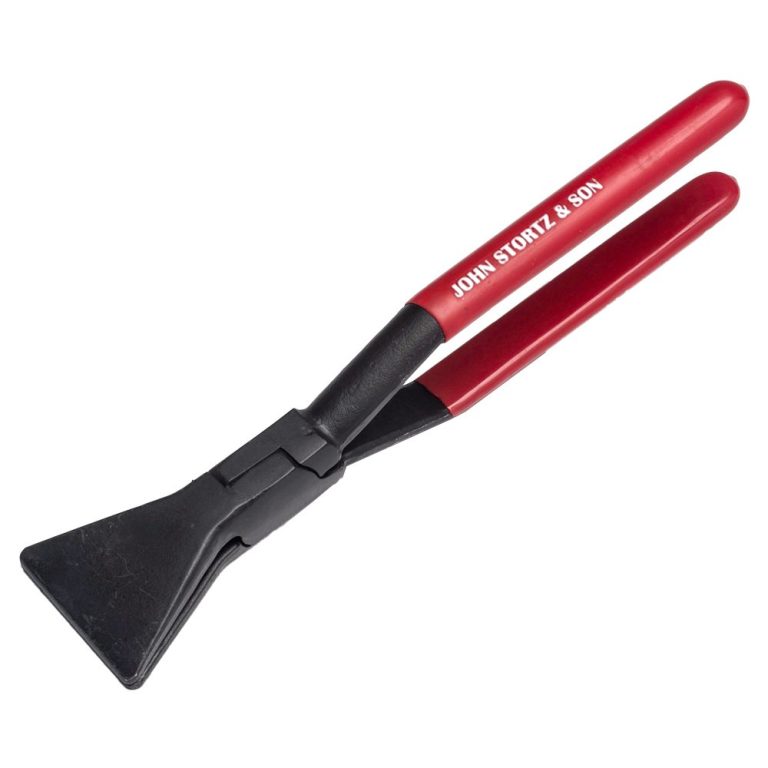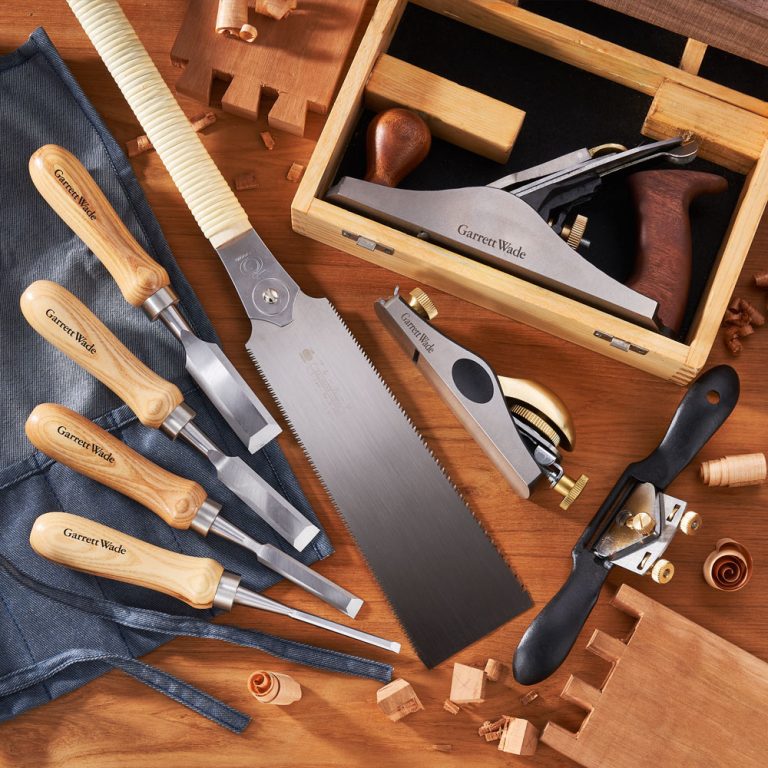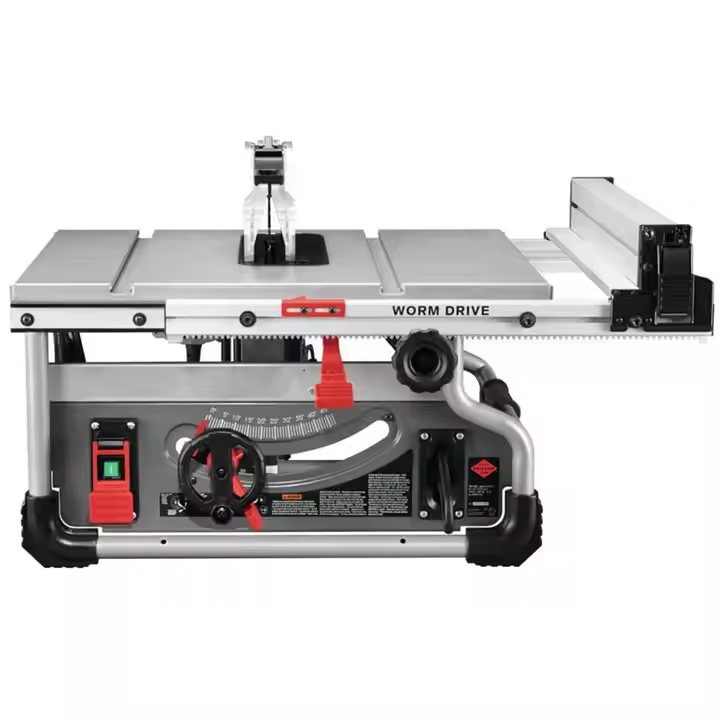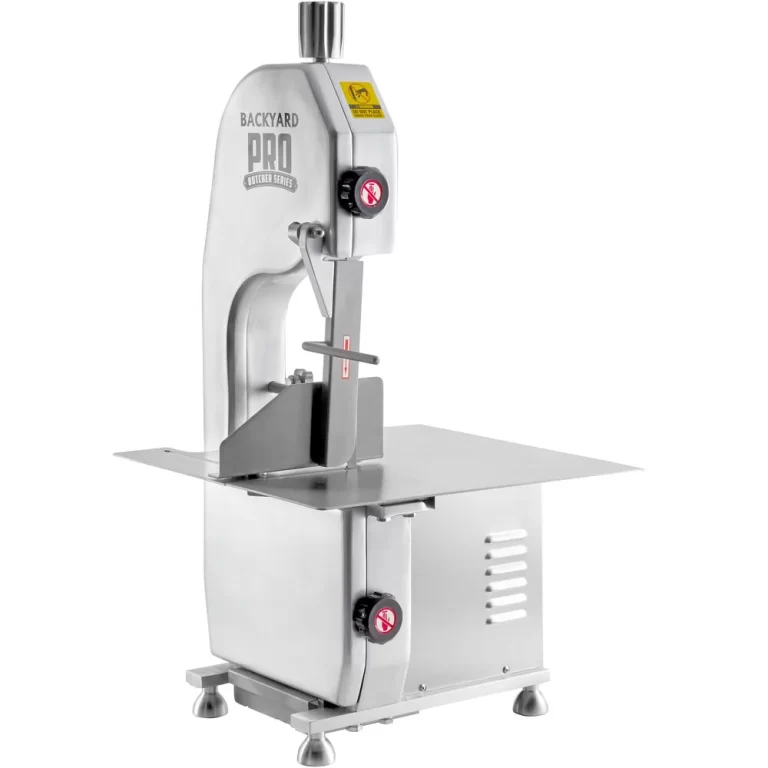Introduction to Track Saws and Their Advantages
Track saws offer unparalleled precision and ease for woodworkers and DIY enthusiasts alike. By guiding the saw along a fixed track, users can achieve straight, smooth cuts on large sheets of material that would otherwise be difficult to handle. This method not only increases accuracy but also minimizes splintering and tear-out often associated with freehand cuts using a traditional circular saw.
The advantages of track saws extend to their versatility. These powerful tools can make plunge cuts, allowing for middle-of-the-board entries, perfect for creating openings in countertops or paneling. The use of track saws also provides enhanced safety, as the blade is enclosed, reducing the risk of accidents. Moreover, track saws are designed for portability, making them a convenient option for on-site jobs or small workshop spaces.
As technology advances, so do track saws. Many now come with features like variable speed controls, quick blade changes, and dust collection systems, contributing to their status as a must-have tool for precise and clean woodworking tasks. Choosing the best track saws for your needs in 2025 means considering power, blade quality, track compatibility, and additional features that cater to your specific project requirements.
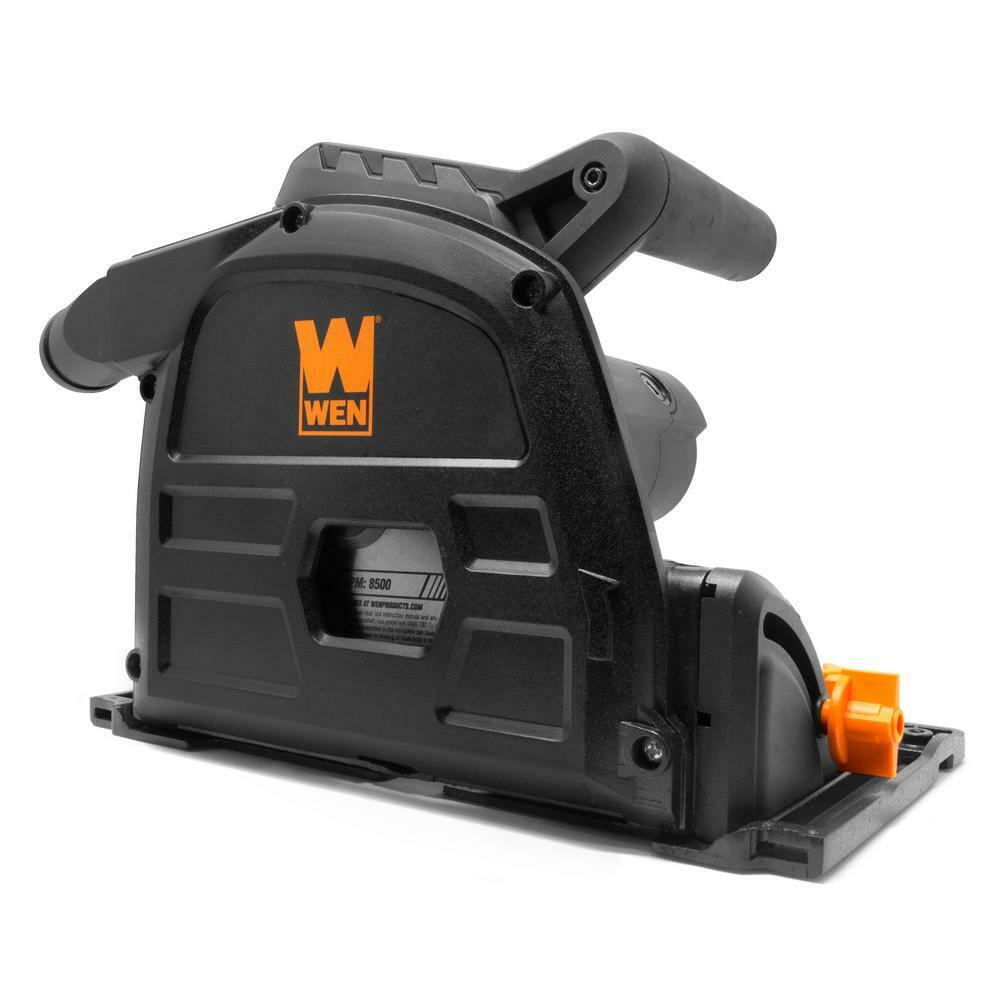
Top Considerations When Selecting a Track Saw
When picking the best track saws for your projects, you need to keep several factors in mind. Here are the top considerations to make an informed choice:
- Power Source: Decide between a corded or cordless model based on where and how you’ll use the saw. Cordless models offer more portability but may require frequent battery changes.
- Motor Power: Higher amperage in corded models or higher voltage in cordless ones translates into more cutting power. Choose one that suits the toughness of the materials you work with.
- Speed Adjustments: Look for saws with variable speed settings to cut different materials with precision.
- Blade Quality: The blade determines the cut’s quality. Track saws with high-quality blades that stay sharp longer are preferable.
- Blade Size: Usually, a 6 ?-inch blade is standard, but larger blades can cut thicker materials.
- Track Length: Consider the length of the track for the size of materials you commonly cut. Longer tracks suit larger sheets, while shorter tracks are easier to manage.
- Compatibility: Check if the saw’s track system is compatible with other brands or if you’re limited to the saw’s brand tracks.
- Ergonomics: The saw’s handle design and overall ergonomics affect usage comfort and control.
- Easy Adjustments: Systems for quick depth and angle adjustments save time and improve accuracy.
- Brand Reputation and Warranty: A saw backed by a solid warranty and positive customer reviews can give you peace of mind.
These key points will guide you to choose a track saw that meets your woodworking demands, fits your budget, and enhances your workshop’s capabilities.
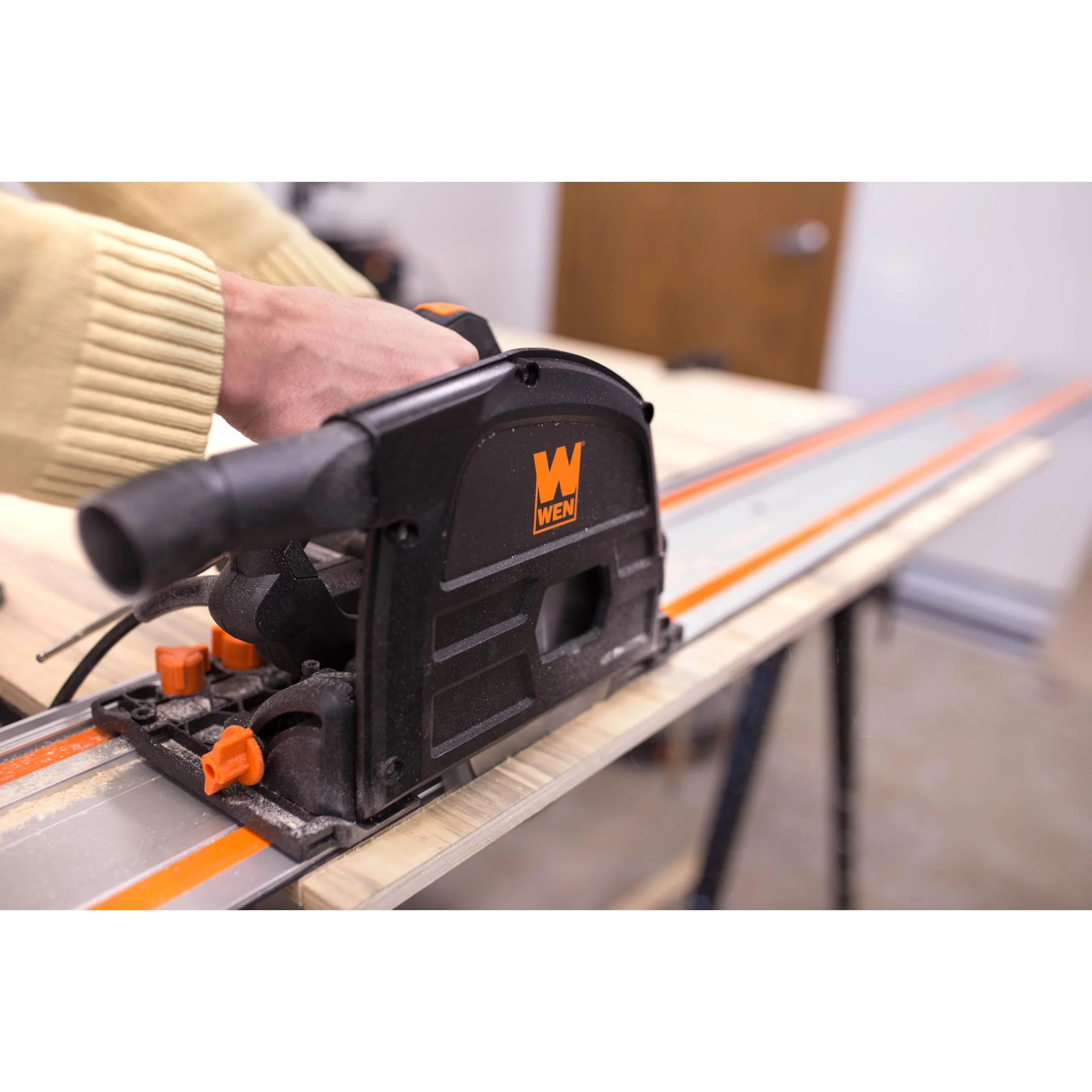
Best Overall Track Saw Picks
Choosing the top track saw requires looking at various features. When looking at the best overall picks, two models stand out for their performance and features.
Festool Plunge Cut Scoring Track Saw TSV 60 KEBQ-F-Plus-FS
Festool’s track saw makes the top of our list with features that stand out. Users love the 60 mm cutting depth and the scoring blades. The blades cut at speeds of up to 6,800 RPM, ensuring smooth cuts. Though it comes at a higher price, its quality justifies the cost. It reflects Festool’s 45-year dedication to excellence in track saws.
Pros:
- High-speed scoring blades for smooth cuts
- Deep cutting capability at 60 mm
- Festool’s trusted brand reputation
Cons:
- Higher price point than others
Milwaukee M18 Track Saw Kit 2831-21
Milwaukee’s M18 kit impresses with a cordless design and high-performance specs. It runs on the M18 battery series, reaching speeds of up to 6,300 RPM. This tool is perfect for jobs needing quick setup without power outlets. While it lacks tracks in the kit, it stands out for speed and power.
Pros:
- Fastest blade speed on our list
- Cordless convenience with powerful battery
- Advanced features like Redlink Plus for optimal performance
Cons:
- Tracks not included in the kit
Best Budget-Friendly Track Saws
Choosing a track saw that won’t break the bank doesn’t mean sacrificing quality. We’ve identified two excellent options for budget-conscious buyers who still want performance.
WEN 10-Amp 6.5-Inch Plunge Cut Sidewinder CT1065
WEN’s CT1065 is a standout for budget buyers. This saw’s 10-amp motor offers an impressive 5,500 RPM speed, making it one of the quickest in its class. The package includes a plunge cut saw, two 55-inch tracks, and clamps — everything needed to get started on various projects. It is extremely well-priced and includes the features necessary for most woodworking tasks. Despite the non-adjustable speed and slightly smaller motor, it’s an incredibly compelling option for the value it provides.
Pros:
- High top speed for quick cutting
- Very affordable without compromising on essentials
- Comes with track pieces and clamps
Cons:
- Lacks adjustable speed settings
- Smaller motor might not suit all materials
Ridgid Cordless Track Saw R48630
Ridgid’s recent entry into the track saw market, the R48630 model, captures attention with its cordless design and robust features. Priced just under $400, it offers the freedom to work without cords and comes with two 27.5-inch tracks that combine for a longer cut or can be used separately for narrower materials. An optional 60-inch track is also available for larger projects. Comparable to higher-end models like Ryobi and Wen, the Ridgid R48630 might soon become the go-to for those looking for performance without the premium price.
Pros:
- Cordless design for greater mobility
- Precise, tool-free blade adjustment
- Includes tracks and a clamp in the package
Cons:
- Battery life may limit extended use without recharge
- Track system might not suit all existing setups
Best Track Systems for Accuracy and Ease of Use
Track saw systems are not just about the saw; the track itself plays a pivotal role in ensuring accuracy and ease of use. A top-tier track system provides a stable guide that helps you achieve precise cuts with minimal effort. Let’s explore one of the best track systems available.
Kreg Accu-Cut XL KMA3700
The Kreg Accu-Cut XL KMA3700 stands out as a remarkable solution for users looking to upgrade their circular saw into a high-performance track saw system. This kit includes four 26.5-inch tracks, which can be connected for longer cuts or used individually for smaller projects. It’s ideal for users who need a portable solution that can adapt to a wide range of tasks.
Pros:
- Universal sled attaches to most circular saws, allowing for a cost-effective upgrade.
- Tracks can be easily connected for longer cuts or separated for compact storage and transport.
- Affordable price point makes it accessible for hobbyists and professionals alike.
Cons:
- Does not include a circular saw, positioning it as an add-on rather than a standalone track saw system.
- The saw attached to the sled does not offer a plunge function, which limits some specific applications.
This track system is a boon for those who want the benefits of a track saw without investing in a whole new power tool. It’s perfect for making long, precise cuts without worrying about material slipping or blade wandering. The Accu-Cut XL KMA3700 is a prime example of Kreg’s commitment to innovation and user convenience in woodworking.
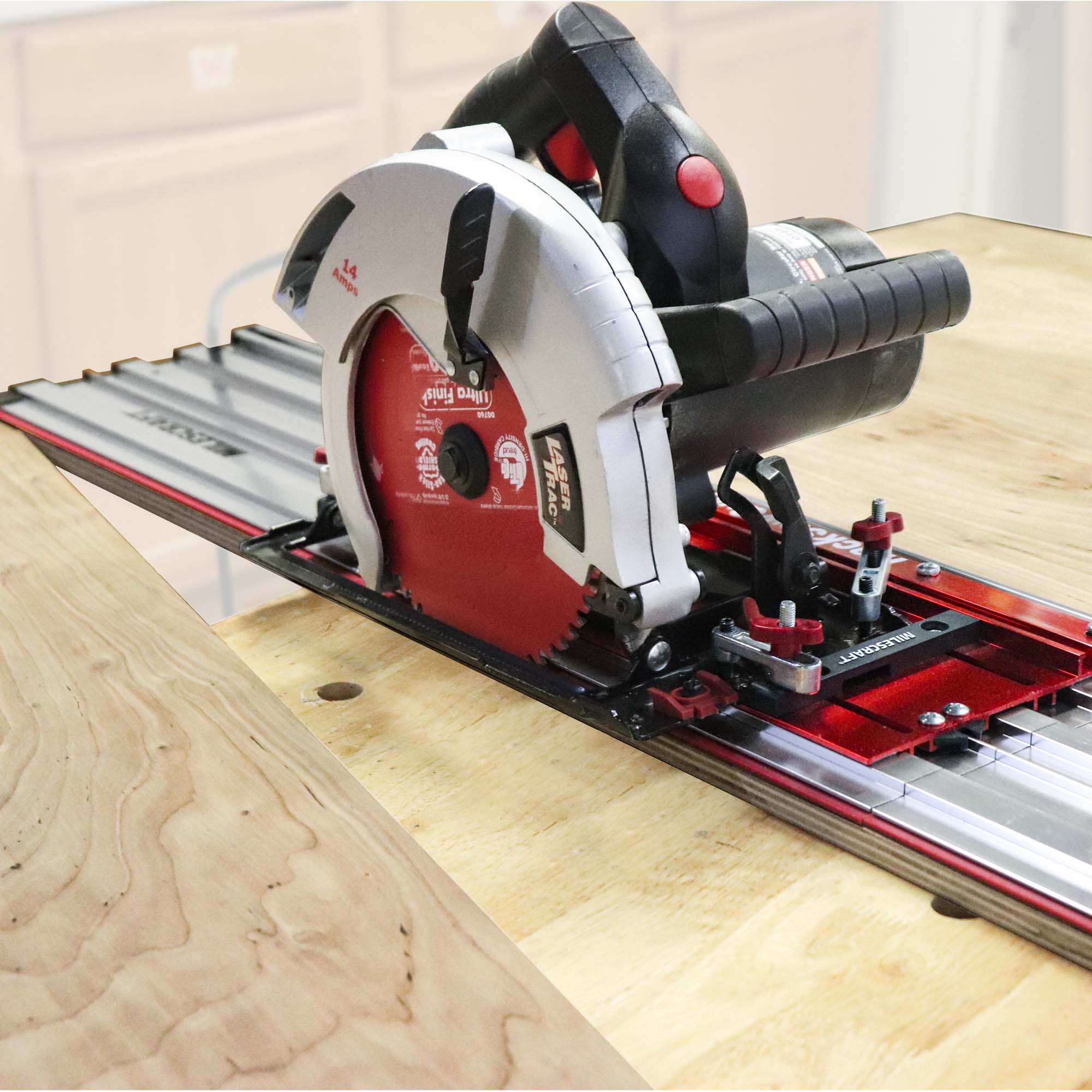
Additional Recommended Track Saw Models
When exploring the market for the best track saws, beyond our top picks, there are additional models that deserve consideration. These track saws from Bosch, DeWalt, and Makita have features and performance metrics that cater to various needs and preferences, standing out as excellent alternatives in the track saw category.
Bosch Precision Saw with Plunge Action GKT13-225L
The Bosch GKT13-225L offers a robust power tool solution with its high blade speed of 6,250 RPM. This saw exhibits a solid build and includes features like constant electronics, which help in maintaining speed under load and thus ensure optimal cuts. Its design elements, including the swivel vacuum hose and easy blade change system, cater to user convenience.
Pros:
- High blade speed for efficient cutting
- Advanced electronic features for maintaining consistent performance
- User-friendly design
Cons:
- Price may be higher, potentially stretching your budget
DeWalt 60V MAX 6.5-Inch Track Saw DCS520ST1
DeWalt’s DCS520ST1 stands out in the cordless category with its utilization of a 60V Flexvolt battery, providing significant power and blade speeds up to 4,000 RPM. Notably, it can handle cutting through hardwoods up to 2-1/8 inches thick. The saw offers flexibility across DeWalt’s battery platform and showcases commendable dust collection abilities, a feature well-regarded for indoor work.
Pros:
- Cordless design for enhanced portability
- Compatible with DeWalt’s Flexvolt system
- Effective dust collection system
Cons:
- May require extra batteries for extended usage
Makita 6-1/2″ Plunge Circular Saw Kit SP6000J1
Makita’s SP6000J1 is acclaimed for its technological-rich features, including adjustable speeds and electronic speed control for consistent cutting power. Its 55-inch track and ability to make bevel cuts up to 48 degrees highlight its versatility. The saw kit comes equipped with a hard carrying case, ensuring safe storage and transport.
Pros:
- Adjustable speeds for diverse material cutting
- Deep cutting capacity and wide bevel range
- Includes a track and a protective carrying case
Cons:
- Weighing over 15 pounds, it may be heavy for some users
- Track clamps not included in the package
What to Look for When Buying a Track Saw
When it comes to track saws, the ideal purchase depends on specific needs and project types. Each aspect, from power to blade quality, influences the tool’s overall performance. Here’s what you should focus on:
Power and Performance Factors
When assessing a track saw’s power, consider the motor. For corded models, higher amperage means greater cutting ability. For cordless versions, a higher voltage battery gives extended runtime and power. Speed control is also vital; variable speeds let you match the blade’s RPM to the material’s hardness.
Blade Quality and Size
A quality blade is crucial for clean cuts. Look for blades that remain sharp over time. Standard track saws typically use a 6 ?-inch blade, but larger blades can handle thicker stocks. Ensure the blade is right for the cuts you plan to make.
Track Length and Compatibility
Your projects will dictate track length. Longer tracks are better for big sheets, while shorter ones are easier to manage. Also, check if your track saw’s system can integrate with other brands. This offers flexibility in your tool collection.
Using Track Saws for Various Applications
Track saws are not limited to just straight cuts. They offer a range of uses that make them a valuable tool in any woodworker’s arsenal. Let’s delve into some specific applications where track saws excel.
Cutting Sheet Goods and Boards
Track saws simplify the task of cutting large sheet goods like plywood or MDF. The guided nature of the track allows for accurate, long cuts that are straight and clean. Additionally, track saws are perfect for trimming boards to size with precision, reducing material waste.
Pros:
- Ensure straight, precise cuts on large sheets
- Reduce waste with accurate trimming
- Ideal for materials like plywood and MDF
Cons:
- May require additional supports for very large pieces
Bevel and Miter Cuts
Track saws come with adjustable angles, allowing for accurate bevel and miter cuts. This is ideal for creating angled joints or finishes on your workpieces. With a track saw, you can achieve consistency across multiple cuts without the complex setup of a table saw.
Pros:
- Adjustable angles for precise bevel cuts
- Consistent cuts across multiple workpieces
- Simple setup compared to using a table saw
Cons:
- Limited by the bevel capacity of the saw
Finish Work and Precise Cutting
For fine finish work, such as installing trim or custom furniture making, track saws are invaluable. They offer clean cuts with minimal tear-out, which is essential for the final appearance of your project. They’re also great for making plunge cuts for things like vents or outlets in countertops.
Pros:
- Minimizes tear-out for a cleaner finish
- Plunge cuts are easily managed with precision
Cons:
- Not a replacement for all detailed finish work tools
Safety Tips for Track Saw Usage
Safety is crucial when operating any power tool, including track saws. To keep your woodworking experience safe and incident-free, follow these guidelines:
- Wear Proper Protection: Always use safety glasses to shield your eyes from debris. Earmuffs or ear plugs can protect your hearing from the loud noise of the saw. A dust mask is advised to avoid inhaling fine dust particles.
- Check Saw and Track Before Use: Inspect the track saw and its track for any damage or misalignment. Ensure the track is securely fastened and the saw’s settings are as intended before initiating a cut.
- Clear Workspace: Remove any obstacles that might impede your movement or affect your balance while using the saw. A tidy workspace minimizes the chances of accidental slips or trips.
- Use Saw Safely: Follow manufacturer instructions for safe use. Avoid forcing the saw through material. Let the saw blade reach full speed before beginning your cut and proceed at a steady pace.
- Secure Material: Clamp down the material you are cutting to prevent movement. This not only ensures a precise cut but also reduces the risk of blade binding, which can be dangerous.
- Maintain Your Equipment: Regularly clean and maintain your track saw and track. Keep blades sharp and replace them when dull, as a sharp blade is safer and more effective.
- Stay Alert: Always focus on the task at hand. Avoid distractions that could lead to improper saw use or accidents.
By adhering to these safety tips, you can ensure that your track saw usage is both productive and secure, giving you peace of mind as you undertake various cutting tasks in your workshop.
